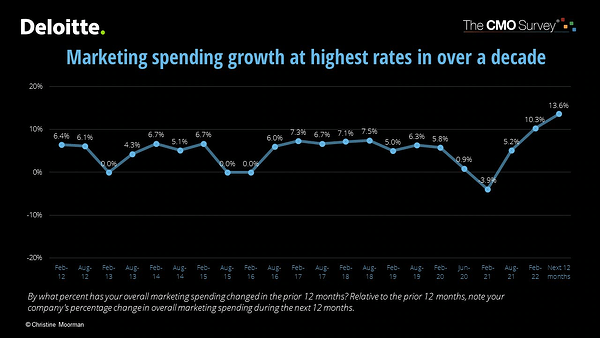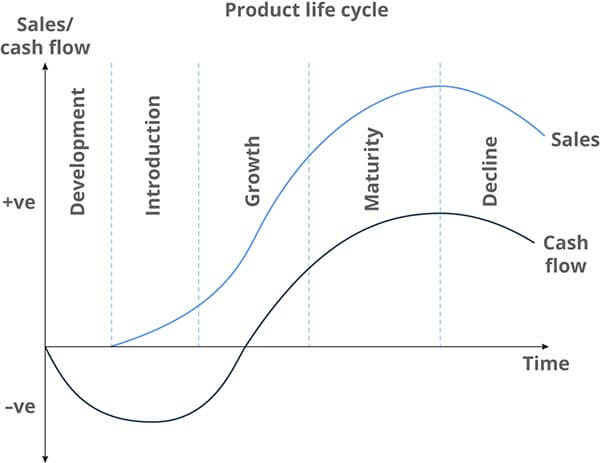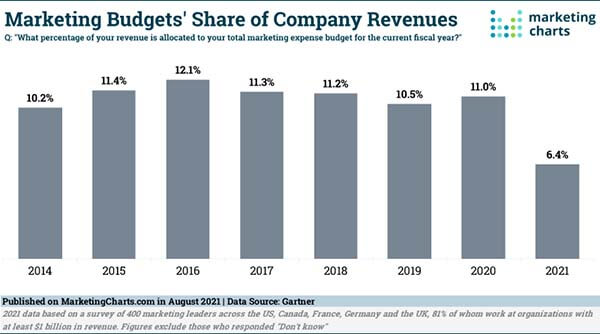Make the Most of Your Marketing Budget: 5 Effective Ways
As marketing budgets continue to be slashed, it's more important than ever to make sure you are getting the most out of your marketing budget. Here are FIVE effective ways to help you succeed in 2023. Get creative and be flexible with these tactics.
1. Align your marketing activity data to your budget
Many factors influence the goals you establish for your marketing and activities, particularly the stage of your organization. Obviously, if your company is in its early stages, your marketing efforts will be focused on getting new consumers or gaining new subscribers, whereas a more established company will concentrate on retention marketing methods. Knowing which marketing activities create the majority of your leads helps your marketing budget be well spent on the relevant channels and then re-invested in the top-performing areas. Thus, linking your marketing KPIs to your budget is crucial in assisting your business to flourish.
2. Resist the urge to drastically reduce your marketing spending.
Cutting your marketing budget will do more harm than good in the long run. When a company's finances are tight, CEOs, CFOs, and other influential decision-makers frequently look for ways to minimize costs. Marketing and advertising are often the first to go; they're considered extraneous, or at the very least useless, so cutting the budget never seems like a drastic choice.
However, lowering your marketing budget might backfire in various ways:
Making your financial situation worse.
Marketing is a route to increased brand exposure and sales. It's not a frivolous plan; it's the foundation for your company's growth. You will generate less revenue if you reduce your marketing spending and spend less time promoting and advertising. With this, You'll have to make even more cuts, and your financial crisis will only worsen.
Leaving you with poor service
Assume you're reducing your monthly budget from $5,000 to $2,000 per month. You can't work with a marketing firm anymore, but you can recruit a couple of inexperienced freelance contractors. On the surface, this appears to be a reasonable decision that will save you money, but you will end up with significantly lower-quality design work and strategy. Ultimately, this can harm rather than enhance your reputation; if you provide low-quality products or your work contains faults, your consumers will think less of you.
Allowing the root causes to go unaddressed.
You're in a horrible financial situation for a reason, and it's most likely not due to your marketing plan. All marketing methods may be improved, but this is unlikely to be the fundamental cause of your financial difficulties. If you make marketing your scapegoat, you'll be absolving the underlying source of your difficulties.
Rather than simply reducing your marketing budget, try putting more time and energy into making your marketing approach effective.
3. Make changes as necessary and reassess the ROI of each activity.
Consider how each marketing effort contributes to the company's strategic goals. Marketing expenditures for businesses necessitate careful planning, but there is also an opportunity for flexibility.
- Is it truly necessary for your company to attend trade exhibitions to generate and convert leads? Or should the same money be spent on webinars or PPC?
- What platform is your intended audience using to receive content? Do they make use of social media? LinkedIn is an excellent tool for B2B marketing and direct communication. Quora is another excellent platform for B2B enterprises to reach out to their target audiences.
Prepare to rapidly and easily modify your marketing activity. Don't become too attached to or fall in love with one part of your marketing budget that may need to be changed later. Remember that marketing is a multi-channel effort.
4. Designing an efficient marketing budget
Too often, people regard innovation as a random bolt of lightning. Too many firms are also afraid to explore new things, which creates a significant obstacle to success. Clearly, inspiration is essential to invention, yet new things are frightening. However, as bizarre as it may sound, you can intend to be innovative while also protecting your marketing expenditure with a really easy technique.
It's called the 70/20/10 Rule, and it will help you organize all of your marketing ideas into a disciplined method that can help propel your business ahead. So, how exactly does it work? To begin, divide your digital marketing budget into three buckets: one with 70% of the funds and two others with 20% and 10%, respectively.
- 70% of your spending is dedicated to established marketing programs that you know are effective.
- 20% of your budget is set aside for emerging innovative techniques to help you expand.
- 10% of your budget is set aside for experimental strategies.
Using the 70/20/10 rule maintains the majority of your marketing budget focused on channels that consistently provide good ROI for your company while freeing up some funds for strategic experimentation that can lead to further growth.
Job Title Specific Email List
Send a message to our sales team below
5. Predictive Budgeting – Monitor, Scale, and Calculate.
Historical data can be instrumental in developing your annual budget. Looking at past year's budgets and the economic situation can help you figure out what you'll need to succeed. Consider this the most basic form of predictive budgeting. Make sure you've defined the metrics that matter, and create a dashboard to track your KPIs. You should review data on a weekly basis, evaluate your performance, and make changes as appropriate. Optimize (or halt) efforts that aren't producing an acceptable ROI while scaling high-performing marketing channels and activities.
Reach out to the qualified Prospects
Wrap-Up
As we all know, the economy has been tough on businesses these past few years. Marketing budgets have been slashed, and it's becoming harder to reach customers. However, there are still ways to be successful. The five tips outlined here will help you maximize your marketing budget in today's overloaded media landscape. The key to success is being able to adapt to changes in the market. By following these tactics, you can maximize your marketing budget and be successful in 2023.














